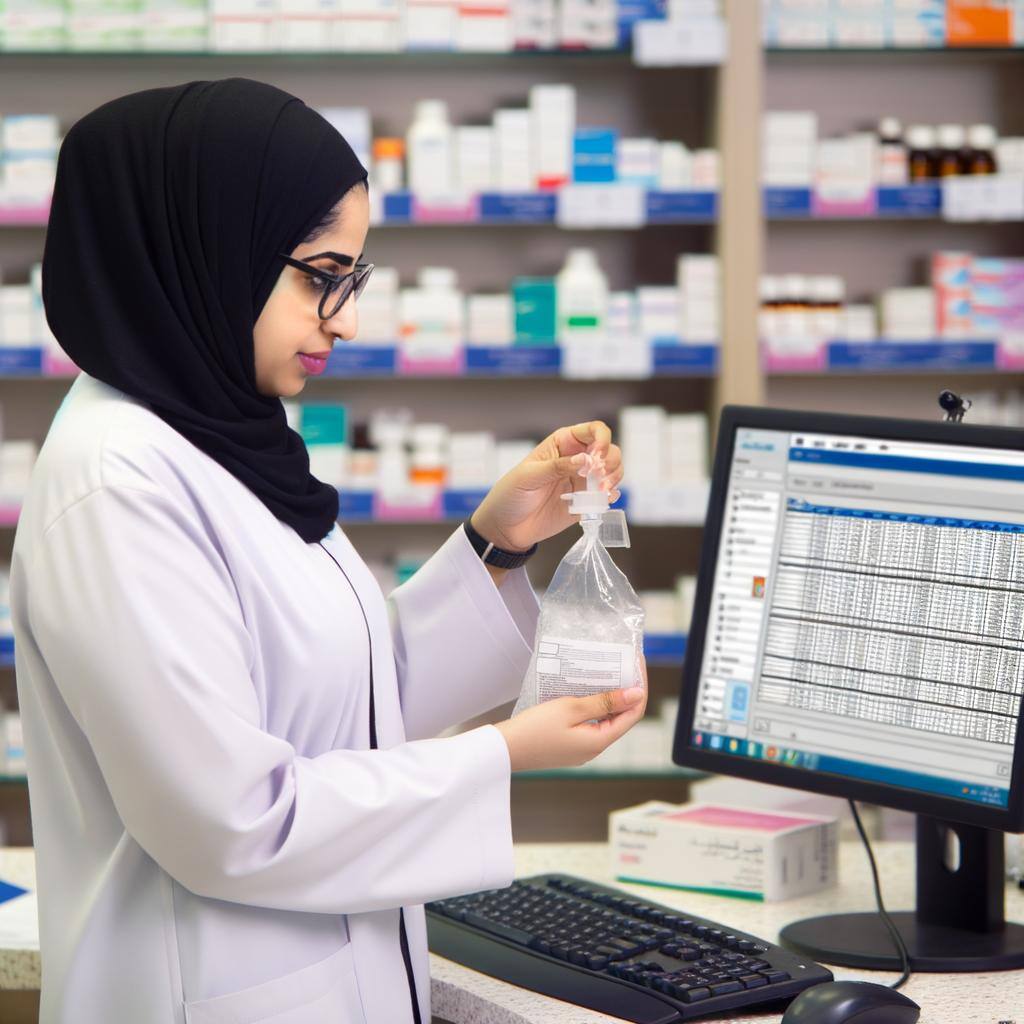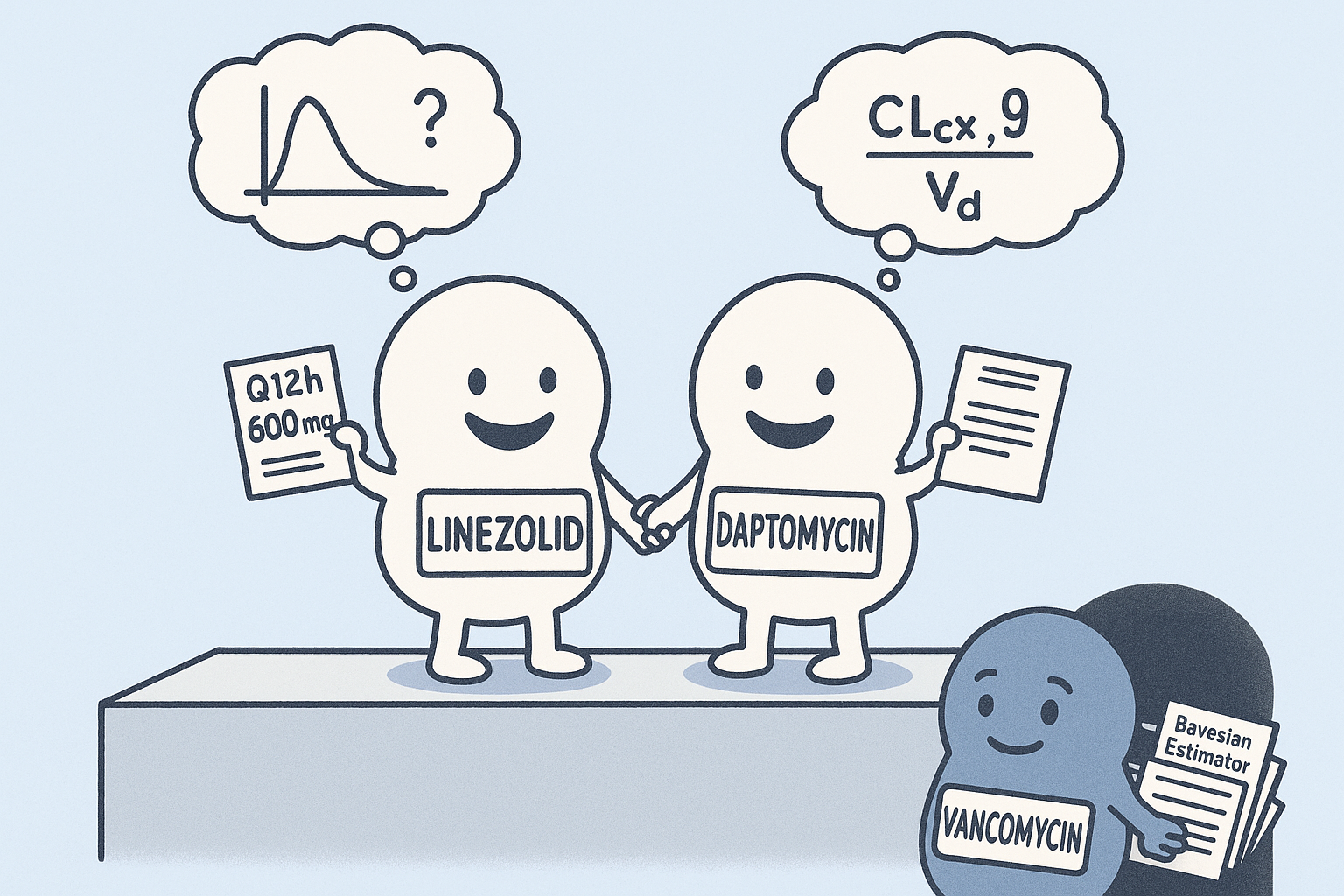Beta-lactams are among the most common antibiotics used in hospitals to treat and manage serious bacterial infections.
It is important that clinicians correctly dose beta-lactam antibiotics to avoid treatment failures or exposure-related adverse drug reactions, such as neurotoxicity. Emerging evidence indicates that some beta-lactams may have concentration thresholds linked to a higher risk of toxicity.
The effectiveness of beta-lactams in killing bacteria is time-dependent; the longer their concentrations are therapeutic in the body, the more likely they are to kill the bacteria. Typically, concentrations are measured by the percentage of time the free concentration of a beta-lactam (%fT) is over the minimum inhibitory concentration (MIC).

Yet research shows that use of conventional beta-lactam dosing schemes result in nearly 40% of all critically ill patients not reaching a pharmacokinetic/pharmacodynamic (PK/PD) target of 100% fT>MIC, leading to worse clinical outcomes. Even more concerningly, other research demonstrated that over 25% of critically ill patients had completely undetectable levels of beta-lactams. Many clinicians continue to use a standardized dose with adjustments based on renal function, despite numerous variables that can affect PK/PD target attainment, such as:
- Critical illness
- Use of life-supporting modalities, such as renal replacement therapy or ECMO
- Severity and location of infection
- Infecting pathogen and resistance mechanisms
- Body habitus
- Comorbidities, such as cystic fibrosis
On a broader scale, failure to maximize a sufficient time-concentration profile over MIC can also lead to suboptimal microbiological eradication, allowing bacteria to adapt and become resistant, which can lead to a threat to public health. Therefore, both the judicious use and appropriate dosing of antibiotics and adherence to dosing strategies that maximize time over MIC are essential to mitigating the growing challenge of antibiotic resistance.
Growing recognition in the value of TDM for beta-lactams
Therapeutic drug monitoring (TDM) can be helpful to optimize beta-lactam exposure. Studies have shown that use of TDM for beta-lactams results in both quicker and more sustained time in therapeutic range (compared to conventional dosing). While TDM of beta-lactams offers promise in achieving target drug exposure, its impact on clinical outcomes remains mixed due to the diverse methods and populations across studies. Despite the theoretical benefits, the lack of robust clinical data demonstrating a clear advantage of TDM in beta-lactam therapy is notable, as randomized controlled trials have yet to definitively establish the clinical benefits of TDM in this context.
Encouragingly, there is increasing interest for greater individualization in beta-lactam dosing strategies. Recent developments include the release of consensus recommendations for the use of prolonged infusion beta-lactams developed by an international panel of experts released in May 2023, which suggests “beta-lactam TDM and personalized dosing may be considered on a patient-by-patient, indication-by-indication, drug-by-drug basis.”
Broadening clinical interest is reflected by the surge in published resources about how to implement beta-lactam monitoring:
- Society of Infectious Diseases Pharmacists CE Webinar: Precision in Practice: Unlocking the Potential of Beta-Lactam Antibiotics through Optimal Therapeutic Drug Monitoring
- A guide to therapeutic drug monitoring of β-lactam antibiotics. Pharmacotherapy. 2021 Feb;41(2):220-233. https://doi.org/10.1002/phar.2505
- The clinical application of beta-lactam antibiotic therapeutic drug monitoring in the critical care setting. Journal of Antimicrobial Chemotherapy, Volume 78, Issue 10, October 2023, Pages 2395–2405, https://doi.org/10.1093/jac/dkad223
- ‘How to’ Guide for Pharmacist-led Implementation of Beta-Lactam Therapeutic Drug Monitoring in the Critically Ill. J Am Coll Clin Pharm. 2023 Aug; 6(8): 964–975. https://doi.org/10.1002%2Fjac5.1819
- Implementation of a beta-lactam therapeutic drug monitoring program: Experience from a large academic medical center. Am J Health Syst Pharm. 2022 Sep 7;79(18):1586-1591.https://doi.org/10.1093/ajhp/zxac171
Conclusion
Beta-lactam antibiotics are critical in treating serious bacterial infections, but appropriate dosing is essential to avoid treatment failures and adverse effects like neurotoxicity. Despite the challenges in achieving optimal dosing in critically ill patients, TDM shows promise in optimizing beta-lactam exposure, potentially improving clinical outcomes and mitigating antibiotic resistance.
However, we are still a long way from implementing beta-lactam TDM into most healthcare systems & is hindered by significant barriers, including the need for more robust clinical data, official guidelines, and cost-effective strategies.





